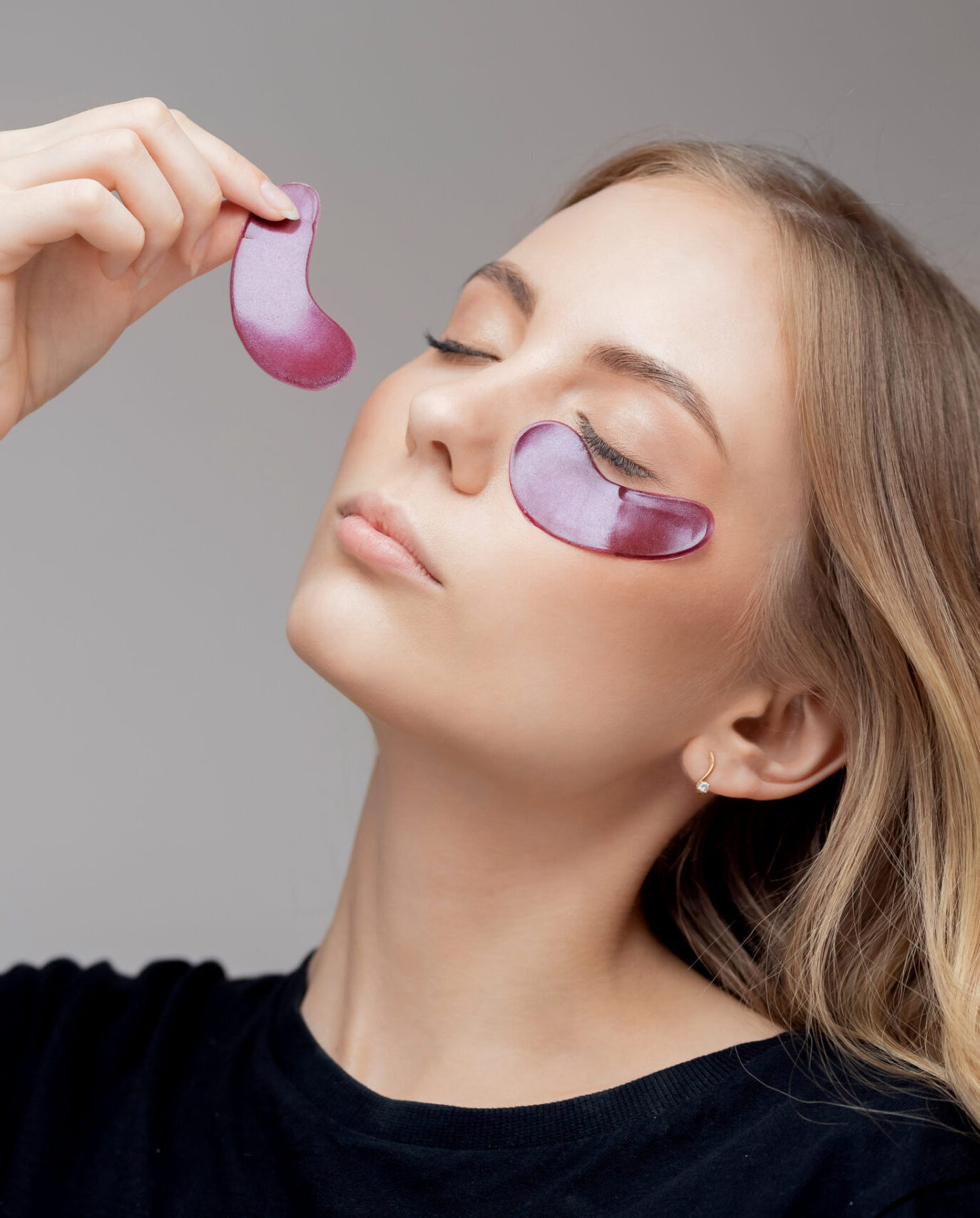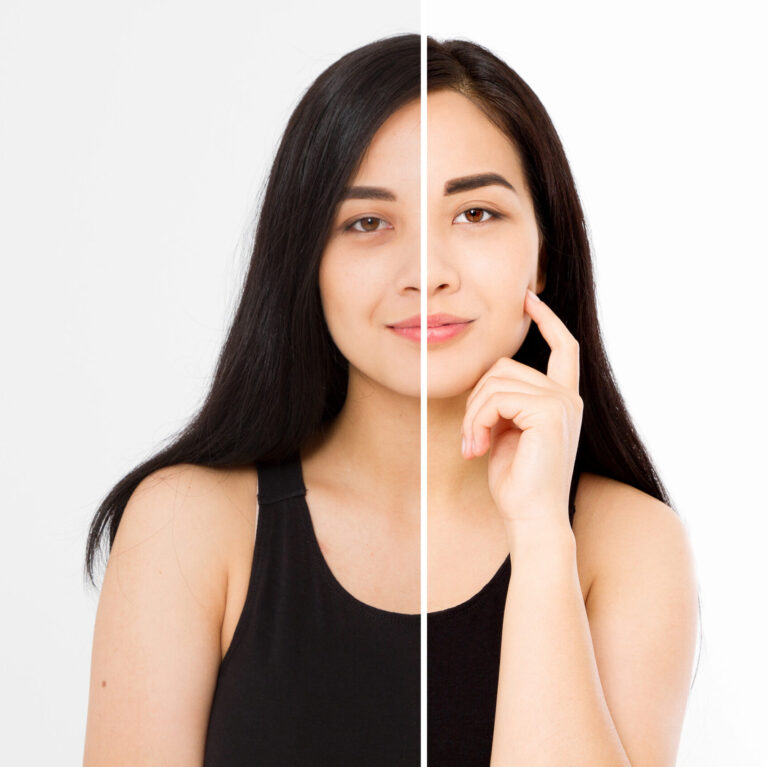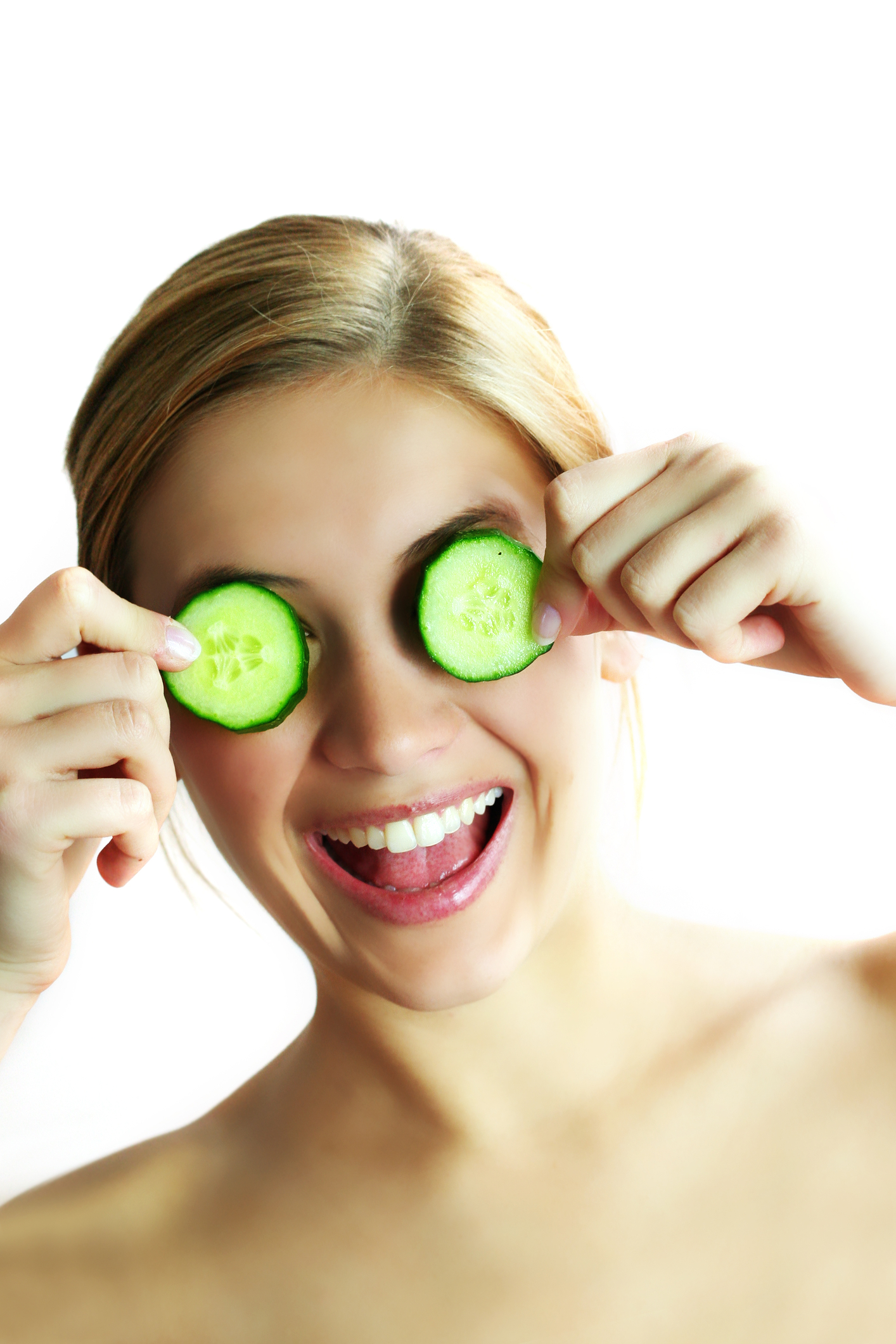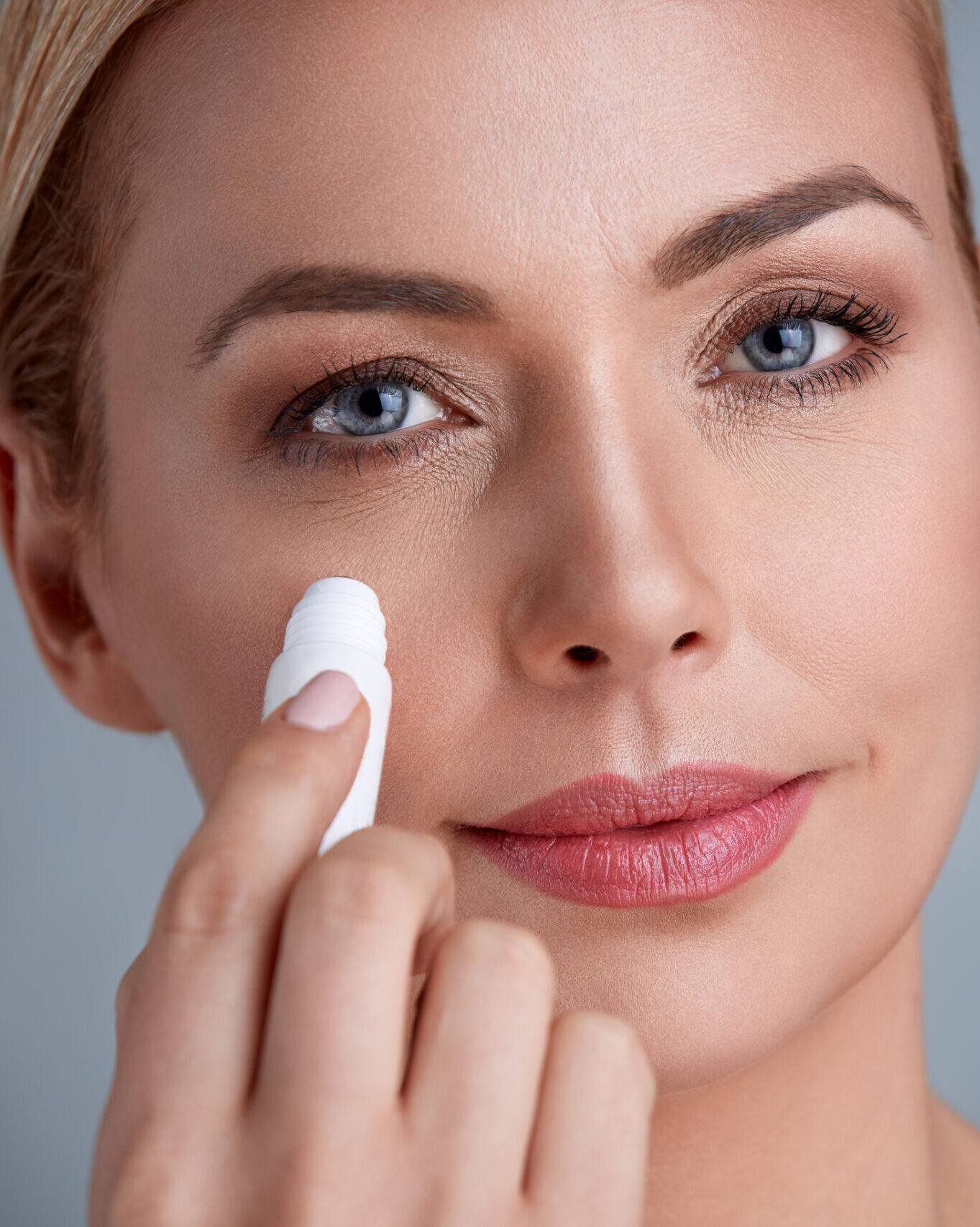How to get rid of dark circles under eyes
This article provides tips and information on how to effectively get rid of dark circles under the eyes. It covers various causes of dark circles, such as genetics, lack of sleep, and allergies, and offers solutions to address each of these causes. The article also discusses different treatments and remedies that can help reduce the appearance of dark circles, including topical creams, eye masks, and lifestyle changes.
Article's contents
- What causes dark circles under eyes
- Some of the main reasons why dark circles may appear under the eyes
- How to get rid of dark circles under eyes
- Here are 4 main home remedies for treating dark circles under the eyes at home:
- What procedures will help get rid of dark circles under eyes
- Get rid of dark circles in scottsdale

Dark circles under the eyes can give the face tired and exhausted expression. A person with noticeable dark circles can easily look 5-10 years older, this is how much dark circles can affect appearance. But how one can develop dark circles? Why do they appear? And what can we do to erase them?
While you may not be able to change the root cause of your under eye circles, there are many steps you can take to lessen their appearance and give your face a more rejuvenated look.
What causes dark circles under eyes
Dark circles under the eyes can occur because of the specific anatomy of periorbital area of the face. The skin in this region is thin, with little to no fat, and there is a high concentration of blood vessels close to the surface. Additionally, there is little connective tissue present, meaning there are fewer elastic and collagen fibers. These factors can lead to the development of dark circles, which may be caused by thinning skin or issues with the capillaries beneath it.

Some of the main reasons why dark circles may appear under the eyes
Aging: As we age, the skin around our eyes becomes thinner and less elastic. This can contribute to the appearance of dark circles under the eyes. The skin under the eyes is also more prone to sagging, which can create a shadow that makes the dark circles more visible. Additionally, as we age, our bodies produce less hyaluronic acid, which helps to keep the skin hydrated and plump. When the skin is dehydrated, it can look dull and sunken, making the dark circles more noticeable.
Lack of sleep and Fatigue: Not getting enough sleep can cause the skin under the eyes to appear dark and puffy. When a person is tired, the blood vessels under the eyes can become dilated, or enlarged. This can cause the area around the eyes to look darker. The skin around the eyes is also thin, which makes the blood vessels more visible. When the blood vessels are dilated, the skin around the eyes may also appear puffy or swollen. These factors combined can create the appearance of dark circles under the eyes.
Dehydration: dehydration can cause the skin to become dry, sunken, and pale, which can contribute to the appearance of dark circles under the eyes. Drinking plenty of water and using a moisturizing eye cream can help to reduce the appearance of dark circles caused by dehydration.
Allergies: Allergies can cause inflammation and swelling in the eyes, which can contribute to the appearance of dark circles. When we have allergies, our bodies release histamine and other chemicals in response to allergens, which can cause inflammation and congestion in the nasal passages and surrounding areas. This can lead to swelling and puffiness under the eyes, which can make the dark circles more visible.
Allergies can also cause us to rub or squeeze our eyes more frequently, which can lead to swelling and inflammation in the area under the eyes. This can also contribute to the appearance of dark circles. Additionally, allergies can cause difficulty sleeping, which can lead to fatigue and contribute to the appearance of dark circles.
Genetics: Genetics can play a role in the appearance of dark circles under the eyes. If you have a family history of dark circles, you may be more prone to developing them yourself. This is because certain genetic factors can influence the thickness and color of the skin under the eyes, as well as the presence of fat deposits in this area.
For example, if you have thin or transparent skin under the eyes, the blood vessels under the skin may be more visible, which can create a dark or shadowy appearance. Similarly, if you have a genetic predisposition to fat deposits under the eyes, these may cast a shadow that makes the dark circles more noticeable.
Medical conditions: Certain medical conditions, such as anemia, kidney disease and thyroid problems, can cause dark circles under the eyes.
Anemia is a condition in which the body does not have enough red blood cells to carry oxygen to the peripheral tissues. When the body is not getting enough oxygen, the skin may appear pale or dull, which can make the dark circles more noticeable. Additionally, anemia will affect function of all other organs, resulting in fatigue, pour detoxification and rejuvenation function of the body overall.
The thyroid gland is located in the neck and produces hormones that regulate the body’s metabolism. When the thyroid is not functioning properly, it can lead to various symptoms, including dark circles under the eyes. When body’s metabolism is not optimal, all tissues will suffer, including skin, which will become dryer and thinner, making dark circles more noticeable. In addition, thyroid problems can cause fatigue and other symptoms that can contribute to the appearance of dark circles under the eyes. If you are experiencing dark circles under the eyes and think that they may be related to a thyroid problem, it is important to speak with a healthcare provider for proper diagnosis and treatment.
Sun exposure: Sun exposure can cause the skin around the eyes to become thinner and more transparent, which can make dark circles more visible.
Additionally, the sun can cause the skin to produce more pigment, or color. If the skin under the eyes becomes hyperpigmented, or too dark, due to sun exposure, this can make the dark circles more visible.
Smoking: Smoking can contribute to the development of dark circles by reducing blood flow and damaging the skin. Similar to effects of anemia, peripheral tissues, including skin, will suffer from lack of oxygen, and will become thinner and more frail. Also, the smoke from cigarettes contains harmful chemicals that can damage the skin around the eyes. Smoking can also cause fatigue and reduce blood circulation, which can also contribute to the appearance of dark circles under the eyes.
Stress: When a person is stressed, it can affect their sleep quality and cause them to feel tired and fatigued. This can lead to the appearance of dark circles under the eyes. Stress can also cause changes in the body’s metabolism and immune system, which can affect the skin and other tissues. In addition, stress can lead to adrenal fatigue, which in return will affect metabolism, blood circulation and many other functions of your body, all resulting in tired, dull complexion and dark circles. To help reduce the appearance of dark circles caused by stress, it is important to manage stress levels through relaxation techniques such as meditation or deep breathing exercises.
It’s important to note that dark circles can be caused by a combination of any of the above mentioned condition, and it’s a good idea to speak with a medical professional if you are concerned about dark circles under your eyes.
How to get rid of dark circles under eyes
There are several approaches to treating dark circles under the eyes. Here are three main categories of treatment:
Daily routine and diet: To maintain a healthy lifestyle and improve the appearance of dark circles under the eyes, it is important to follow a daily routine that includes getting enough sleep, spending time outdoors, and avoiding overwork and unhealthy habits. It is also important to remove makeup before going to bed and use sunscreen to protect the skin. Additionally, incorporating a diet rich in vitamins and minerals can be beneficial. In some cases, taking multivitamin supplements may also be helpful.
Get enough sleep: Lack of sleep can cause the skin under the eyes to appear dark and puffy. Aim for 7-9 hours of sleep per night.
Reduce salt intake: Too much salt in the diet can cause fluid retention, which can contribute to the appearance of dark circles, especially if you suffer from hypertension or kidney disease.

Elevate your head while sleeping: Try sleeping with your head slightly elevated to help reduce the pooling of fluid under the eyes.
Get enough fluids: Dehydration can cause the skin under the eyes to appear dry and sunken, so make sure to drink plenty of water throughout the day.
Get some sunlight: Spending time outside in sunlight can help to improve circulation and reduce the appearance of dark circles, just don’t forget your sunscreen before going outdoors.
Cosmetic procedures: A variety of cosmetic treatments, such as chemical peels, microdermabrasion, and laser therapy, can help improve the appearance of dark circles by exfoliating the skin and stimulating collagen production.
There are various options for addressing dark circles under the eyes, including both home remedies and professional treatment. Some people may find relief using natural remedies they can do at home, while others may choose to seek the advice of a specialist, such as a dermatologist or esthetician.

Here are 4 main home remedies for treating dark circles under the eyes at home:
Apply a cold compress: Cold compresses can help to reduce swelling and improve circulation in the under eye area.
Apply a natural eye cream: Look for an eye cream that contains ingredients like vitamin K, vitamin C, retinol, and caffeine, which can help to reduce the appearance of dark circles.
Use a facial massage: Gently massaging the skin around the eyes can help to improve circulation and reduce the appearance of dark circles.
Use a concealer: Applying a concealer that matches your skin tone can help to cover up dark circles.
What procedures will help get rid of dark circles under eyes
There are several medical procedures that may help to reduce the appearance of dark circles under the eyes:
Laser treatment: Laser treatments can help to stimulate collagen production, improve circulation, and reduce the appearance of dark circles. Gentle resurfacing treatments such as CO2 and Erbim Yag can be safe and beneficial in that area.
Chemical peel: A chemical peel can help to improve the overall tone and texture of the skin, which may help to reduce the appearance of dark circles. It can also help bleach hyperpigmented skin, brightening overall skin tone.
Microcurrent treatment: Microcurrent can gently improve blood circulation and lymphatic drainage around periorbital area. This will help to reduce puffiness and dark circles.
Platelet-rich plasma (PRP) treatment: PRP treatment involves injecting a person’s own platelets into the skin to stimulate collagen production and improve circulation, which may help to reduce the appearance of dark circles, by thickening the skin and hiding underlying blood vessels
Dermal fillers: Small injections of dermal filler can help correct hollowness under the eyes and improve dark circles. Keep in mind, this procedure is risky and should only be done by skillful medical professional.
PDO threads: PDO threads are very thin absorbable sutures, help to minimize dark circles by thickening and tightening the skin around the eyes.
Fat transfer: A fat transfer procedure involves injecting fat from one area of the body into the skin under the eyes to add volume and reduce the appearance of dark circles.
RF microneedling treatments: Sometimes fat reduction is more beneficial to help rejuvenate under eye area. RF microneedling can help boost collagen, reduce excess fat bags and eliminate lines and wrinkles.
Medical treatment: In some cases, dark circles may be caused by underlying medical conditions, such as allergies or anemia. In these cases, treating the underlying condition may help reduce the appearance of dark circles. Additionally, prescription medications, such as topical creams with hydroquinone or other bleaching ingredients can help improve dark circles.
It’s important to note that these procedures may not work for everyone, and they may come with potential risks and side effects. It’s a good idea to speak with a dermatologist or other medical professional to determine the best course of treatment for your specific needs and concerns.
Get rid of dark circles in scottsdale
If you are in Scottsdale and looking to reduce the appearance of dark circles under your eyes, you may want to consider consulting with a Dr Natalya Borakowski. She will be able to assess your specific needs and recommend a treatment plan that is tailored to your individual concerns. Some options that are available in our Scottsdale clinic include laser treatments, Exact RF microneedling, chemical peels, microcurrent, platelet-rich plasma (PRP) treatments, tear trough correction with PRP or dermal filler, fat transfer procedures, prescription medical creams and PDO threads.